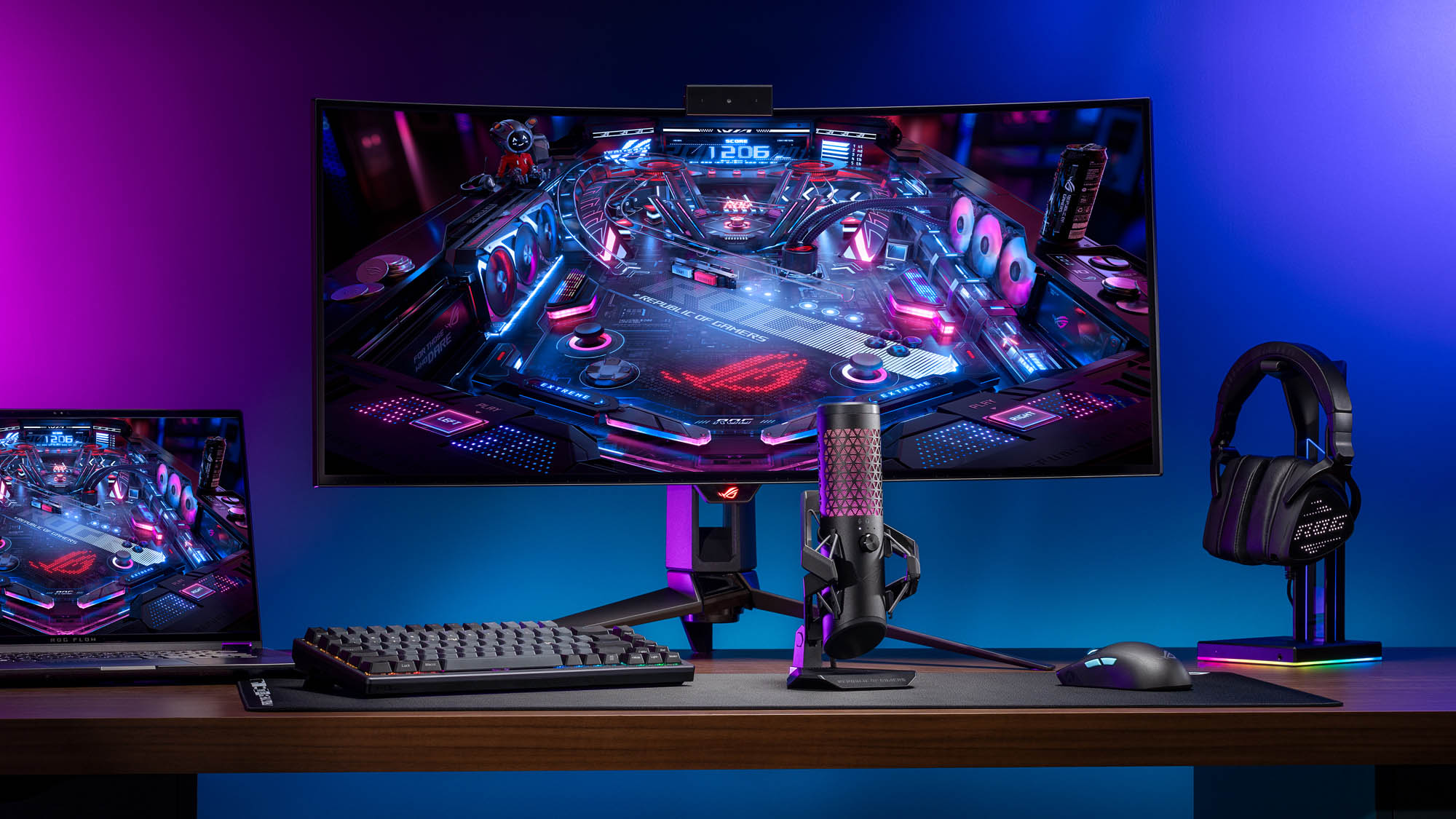Introduction
Build your dream laptop from scratch is a challenging but rewarding project. Unlike desktop PCs, laptops are highly compact and have proprietary parts, making it harder to customize. However, with enough knowledge and the right components, you can assemble a functional laptop. Below is a detailed guide on how to Build your dream laptop from scratch.
Planning the Build
Before starting, it’s crucial to plan the kind of laptop you want based on:
- Purpose: Is it for gaming, productivity, video editing, or general use?
- Budget: How much are you willing to spend?
- Operating System (OS): Choose between Windows, Linux, or macOS (if you’re building a Hackintosh).
Choosing the Components
The key to building a laptop is selecting compatible components. Here are the essential parts you’ll need:
Motherboard
The motherboard is the backbone of your laptop. For laptops, finding a barebone motherboard designed for laptops can be tricky, but it’s necessary. Ensure it supports the desired processor, RAM, and storage interface.
Processor (CPU)
For laptops, you’ll need a mobile CPU (e.g., Intel Core i7/i5 or AMD Ryzen 7/5). These processors are designed for energy efficiency and compactness.
Graphics Processing Unit (GPU)
You have two options:
- Integrated GPU: Comes with the CPU, suitable for light tasks and general use.
- Dedicated GPU: For gaming or video editing. This might be built into your motherboard, or you’ll have to buy a dedicated laptop graphics card.
Memory (RAM)
Choose laptop-sized RAM (SODIMM). 8GB is standard for general use, while 16GB or more is better for gaming, video editing, or multitasking.
Storage (SSD or HDD)
Laptops usually use 2.5-inch SSDs or M.2 NVMe SSDs for faster performance. Decide how much storage you need based on your intended use—256GB for basic use, 512GB+ for gaming or video editing.
Laptop Case or Shell
Barebone laptop kits typically include the shell, screen, and some wiring. You’ll need one of these as it’s nearly impossible to assemble a laptop case from scratch.
Cooling System
Build your dream laptop need a slim cooling system with heat pipes and fans. Ensure your chosen case or barebone kit has adequate cooling, or purchase a separate laptop cooling system.
Display
The laptop screen typically comes with the shell. Make sure the size and resolution match your needs (e.g., 1080p or 4K). For a custom build, you’ll need to find a compatible display panel for your motherboard.
Battery
Finding a compatible laptop battery can be tricky. Check your shell or case for the right battery specifications, ensuring it fits and has enough capacity to power your components for a reasonable time.
Keyboard and Trackpad
These are usually integrated into the laptop case. Ensure the barebone kit includes them or buy a compatible laptop keyboard and trackpad.
Wi-Fi/Bluetooth Card
You can choose a PCIe-based wireless card for Wi-Fi and Bluetooth. Make sure it fits into the expansion slots on your motherboard.
Power Adapter
You’ll need a power adapter to charge the battery and power the laptop. The wattage should match the power consumption of your components.
Assembling the Laptop
Now that you have all the components, follow these steps to assemble your laptop:
Install the CPU
- Place the CPU into the motherboard socket. Align the pins and lock it into place using the retention mechanism.
Install the RAM
- Install the Storage Drive
- If using an M.2 SSD, screw it into the dedicated slot on the motherboard.
- For a 2.5-inch drive, connect it using a SATA cable and secure it in the drive bay inside the case.
Mount the Cooling System
- Attach the heat sink and fan assembly to the CPU. Use thermal paste between the CPU and the heat sink to ensure proper heat transfer.
- Secure the fans to the case for airflow.
Attach the Motherboard to the Case
- Carefully place the motherboard into the laptop shell and screw it into place, making sure the ports line up with the cutouts in the shell.
Connect Display and Keyboard
- If not pre-installed, attach the laptop’s display to the motherboard via the ribbon cable. Do the same for the keyboard and trackpad.
Install Wi-Fi/Bluetooth Card
- Insert the wireless card into the motherboard’s PCIe slot and secure it.
Install the Battery
- Place the battery into the dedicated slot in the case. Ensure it’s properly connected to the motherboard.
Connect the Power Adapter
- Plug in the power adapter to check if the system powers on. If all components are connected correctly, you should see the BIOS screen.
Installing the Operating System
With your laptop hardware assembled, you need to install an operating system.
- Create a Bootable USB Drive: Use another computer to create a bootable USB with the OS installer (Windows, Linux, etc.).
- Enter BIOS: Turn on the laptop and enter the BIOS by pressing the appropriate key (usually Esc, Del, or F2).
- Boot from USB: Select the bootable USB as the primary boot device in the BIOS settings.
- Install OS: Follow the installation instructions to install your OS on the SSD or HDD.
- Install Drivers: Once the OS is installed, install the necessary drivers for the CPU, GPU, and Wi-Fi.
Testing and Final Adjustments
After the OS installation, check if all hardware components (keyboard, trackpad, Wi-Fi, display) work as expected. Perform stress tests to ensure that the cooling system is working correctly and that the laptop is stable under load.
Things to Consider
- Proprietary Nature of Laptop Components: Unlike desktop PCs, laptop parts are often proprietary, meaning they are designed specifically for certain models. It can be challenging to find compatible parts outside of barebone kits.
- Upgradability: Laptops generally have fewer upgrade options than desktops, so choose components with your future needs in mind.
- Portability: Ensure that the laptop’s size, weight, and battery life suit your portability requirements.
